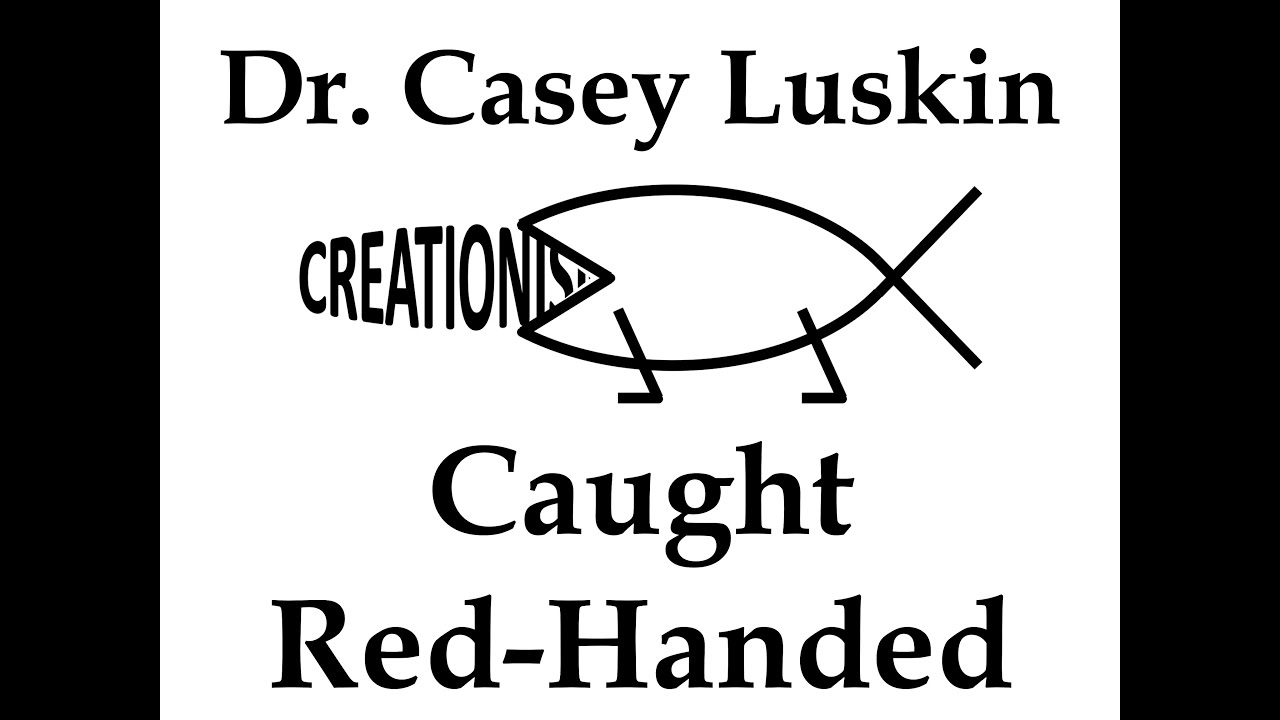For those who prefer writing and/or for those who might misunderstand what Rum means by “deleted,” I will describe the image manipulation that is presented in the article in the DI blog piece. Then I will briefly note the license under which the scientific work was published at Nature.
The DI piece is here on the Wayback Machine; the relevant manipulated image is under “The Technical Details” and can be found here (for now).
Below is the graph in the published paper at Nature. It’s in the Supplemental doc and it’s Figure III.12. It’s just the relevant page from a 174-page PDF file.
Suppl fig III.12 as image.pdf (320.5 KB)
Notice that the x axis (horizontal bottom) of the original graph has tick marks indicating intervals, and a text label: “Gap divergence in 1MB segment”. The graph on the DI website has these things too, and they seem identical. But 5 rows of information, depicting within-species comparisons, have been removed. They were not merely cropped—that alone would be inappropriate and suspicious unless explained clearly and reasonably. No, those rows were removed, and then the x axis, with its tick marks and text label, was fitted onto the bottom of the cropped graph.
If you look very carefully at a magnified view of the lower left corner of the graph on the DI site, you can see a piece of the first deleted graph, just to the right of the 0.00 tick mark.
In summary: the author at the DI site took a graph from a published paper, removed 5 rows from it, then reassembled it to resemble the original. They did not crop the image. They revised it. In the business of publishing, this is image manipulation, and a very serious example of it. An author who did this (for example, while reusing another’s work in a review article) would have committed misconduct and the likely result would be failure to publish their paper or, if it were already published, retraction. I’m not saying these measures apply to a religious blogging site, but I think it might be worthwhile to be explicit about just how inappropriate and unethical this behavior is.
But one more question: did the author violate the licensing agreement under which the scientific data were published? This is not my area of expertise, but here is the text of the open access license that applies, pulled from the article itself:
This article is licensed under a Creative Commons Attribution 4.0 International License, which permits use, sharing, adaptation, distribution and reproduction in any medium or format, as long as you give appropriate credit to the original author(s) and the source, provide a link to the Creative Commons licence, and indicate if changes were made.
The DI piece clearly acknowledges the scientists and the source, but does not link to the license and most importantly makes no mention of the significant changes they made. This is typically done in an image caption or in an “image credit” section of a piece.
If the DI blogger had included a description of how they revised the figure, would they be in the clear, ethically? I’m unsure. I think so, but only if the description gave a clear reason. And: no scientist I know would do this, not even with a description.
